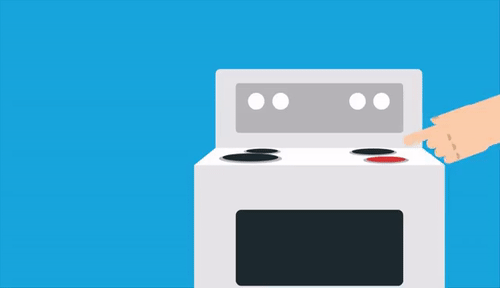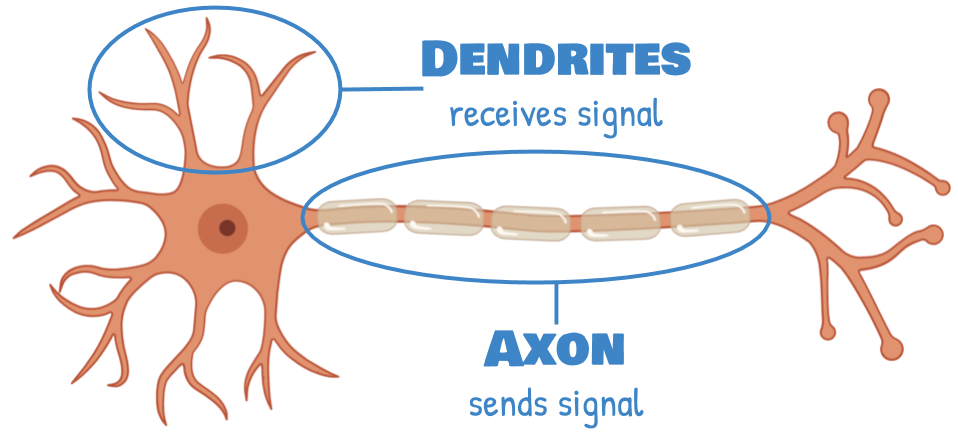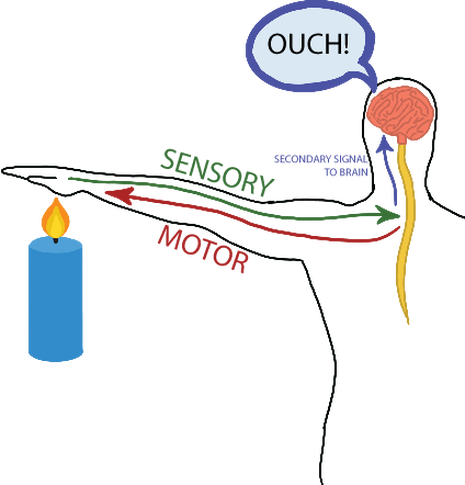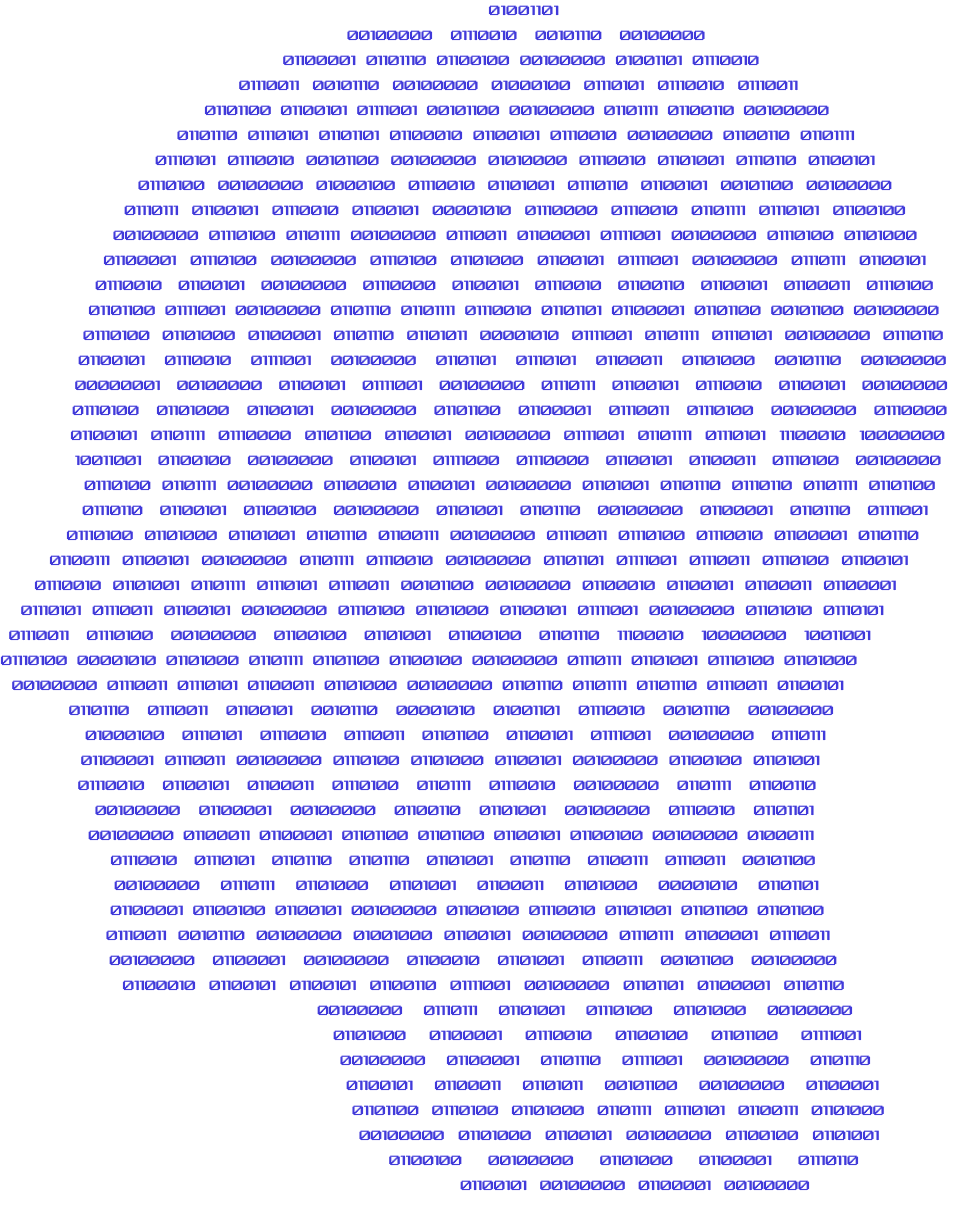neuronal communication
nerves communicate quickly
Let’s say you touch something hot, like a stovetop or a pot of boiling water. What’s next? You pull your hand away. Super fast. That’s it. If you’ve ever done this before (in which case, I’m sorry for your pain), you might have even noticed that you pulled your hand away before even feeling any pain or realizing that you had touched a hot stove. There was just an automatic reflex that pulled your hand away, along with the realization: This is hurting you! Get away!
This kind of super speedy reaction is called a reflex arc (more on this later), and it is an excellent example of just what makes the nervous system so useful: it’s really, really fast. When we want to send a signal super fast, we use the nervous system. It’s like the superhighway of communication in the body, and it’s really good at its job.
the neuron
As you might be able to guess, in order to do this really specialized, awesome function, the nervous system has a specialized, awesome structure. It is made up of millions of cells called neurons, which look something like this:
I’ve pointed out the most important parts of the neuron. It has lots of spindly bits that help to take in information from all over and a long axon that helps to send some signal about this information onto another cell. In other words, it takes in information and passes on a signal. Every part of your nervous system—your brain, your spinal cord, and your peripheral nervous system—is made up of neurons. (The neurons in each place are actually a little different from each other, but we won’t worry about the details of that in this class).
action potentials and neurotransmitters
The signal that a neuron sends is called an action potential. An action potential is a very fast signal that uses the movement of electrolytes (sodium and potassium ions) to generate electricity and allow a neuron to tell the next cell that it was just “on”. There’s only one type of action potential in neurons, and action potentials from a single cell all put out the same voltage. In other words, the action potential doesn’t actually tell you anything other than that the neuron was just “on”. The effect that the neuron being “on” has on the next cell depends on what type of neuron it is and what type of neurotransmitter it sends.
This video gives a nice overview of how nerves communicate with each other:
This video gives a nice overview of how nerves communicate with each other:
You don’t need to know all of the details, but if you’d like to get into a bit more of the biochemistry behind these “magical” electrical and chemical signals, this video gives a nice overview:
Neurotransmitters are chemical signals sent across a synapse. A synapse is a gap between a neuron and the next cell. The next cell could be another neuron, it could be a muscle cell, or it could be some other cell type in the body. A neurotransmitter tells the next cell what to do. For example, the neurotransmitter acetylcholine is sent from a nerve cell to a muscle cell to tell the muscle to start contracting, to make the muscle move. Neurotransmitters like GABA are inhibitory, meaning they tell the next cell to not do anything, while others like glutamate are excitatory, meaning they tell the next cell to do something. Neurotransmitters like dopamine and serotonin control lots of different pathways in the brain, including the ones that make you feel happy. The action potential sends a “go-ahead” signal, but what the signal actually says is determined by the neurotransmitter.
If you’d like a little more detail on neurotransmitters, this video gives a nice overview:
If you’d like a little more detail on neurotransmitters, this video gives a nice overview:
To summarize, a neuron receives an input through its dendrites (spindly bits), which could be from the outside environment or from another cell. Based on that signal, it sends an action potential, or electrical signal using ions, down its axon (nerve fiber). This action potential causes the release of neurotransmitters, which are chemical signals that determine the effects of that signal. Electrical signal down the neuron, chemical signal to a new neuron.
the reflex arc
The reflex arc is a good demonstration of the simplest version of how all of these systems come together in a cause-and-effect pathway. A sensory neuron senses a hot stove. It sends this message (via an action potential) to the spinal cord, which turns that signal around to a motor neuron to tell your hand to move (more action potentials). Touch a hot stove. Move hand away. Without even involving the brain to think about it!
This video gives a nice summary of what a reflex arc is, and why it’s important that we have fast signals in the body:
more complex signals involve more nerves
|
You’ll note that, in addition to the relatively simple reflex arc that only involves a few cells, this video also mentions some complex CNS processes, like learning. Every nervous system process that happens in your body can be traced back to nerves firing regular, simple action potentials, just like they do in the reflex arc: more complex processes just involve a lot more nerves and a lot more action potentials.
If you’re having trouble wrapping your brain around how such a simple “ON-OFF” signal can be responsible for all of the advanced processes that happen in the brain, just think: This is exactly how computers work, too! Everything a computer does ultimately comes down to a bunch of “ON-OFF” signals called binary code (which is a series of zeroes and ones). Making complex and unique things happen is just a matter of putting together a lot of zeroes and ones in very complex and unique ways. |
Summary
You should understand that:
- Nerves are used to send really fast signals, which help us to quickly turn sensory inputs into actions in the PNS and to do things that take a lot of really complex steps, like learning and memory, in the CNS.
- Nerves receive an input, which causes them to fire an action potential (electrical signal), which causes them to release a neurotransmitter (chemical signal), which determines what effect that action potential will have on the next cell.
- The simplest pathway that demonstrates the main idea of the nervous system is the reflex arc: we have some sort of sensory input which travels up a sensory neuron, which tells something in the CNS what’s going on, which tells a motor neuron what to do to fix that thing (like moving your hand away from a hot stove).
Learning Activity
Contributors: Megha Kori, Emma Moulton
Some images made with biorender.com
Some images made with biorender.com




